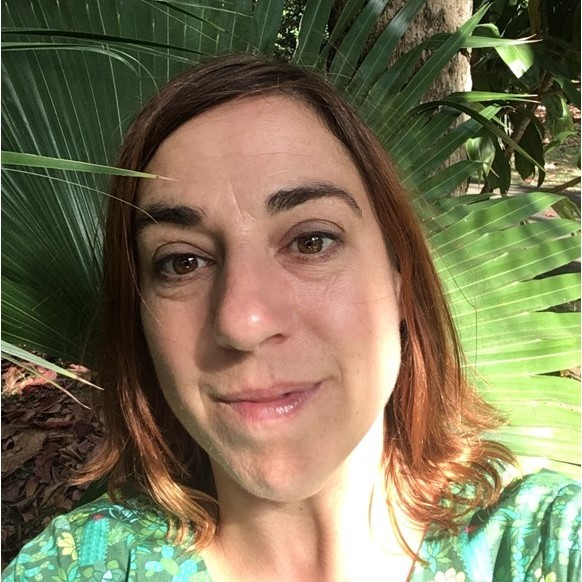Play Therapy is a way of helping children to express their thoughts and deal with their emotional problems, using play and creative arts as the main communication tool, rather than relying on words. Play enables us to disconnect from what was said or played out, and test out new ideas without yet claiming them as our own. Play also connects us with our unconscious mind, those memories that we have hidden away and struggle to recall. During play, we can connect with these hidden memories and bring them out into the conscious world easier than if we had to sit and talk about them. Play Therapy is often non-directive and provides a space for children in which to explore their feelings and emotions with a therapist trained to attune to the child’s feelings, and help them bring about change, particularly in relation to how they see themselves, the world, and others.
Creative Arts Therapy is very similar to Play Therapy, and often they are not distinguished between. Sometimes the toolkit used in Creative Arts Therapy does not include all the toys that would be seen in a Play Therapy session, and can therefore be more appealing to adolescents and adults. As with Play Therapy, Creative Arts Therapy utilises arts materials (including music, drama, movement, clay, drawing, puppets, and sand) as the main communication tools, enabling us to connect with our inner self and explore our thoughts and feelings without having to put names to them, and without immediately having to claim them as our own.
Therapeutic Play is, again, very similar to Play Therapy however is designed for use in less complex cases, and offered by a Practitioner in Therapeutic Play who is often training to become a certified Play Therapist.













